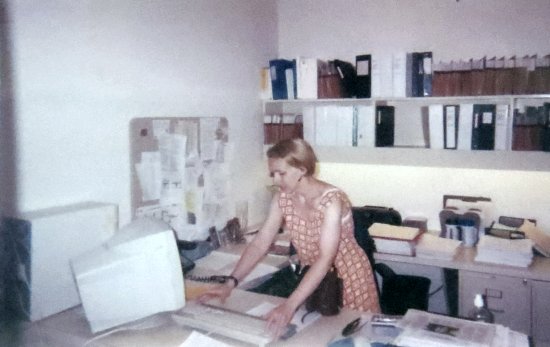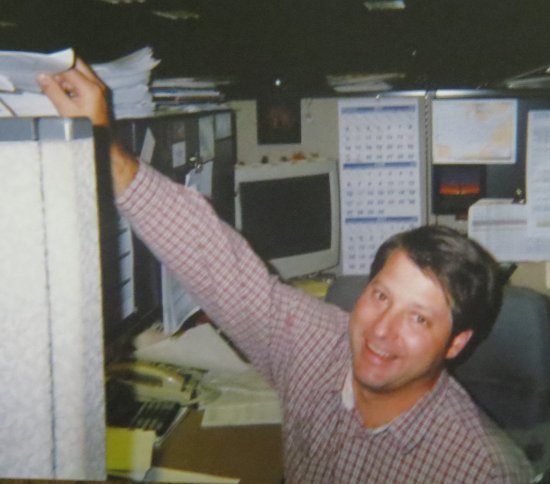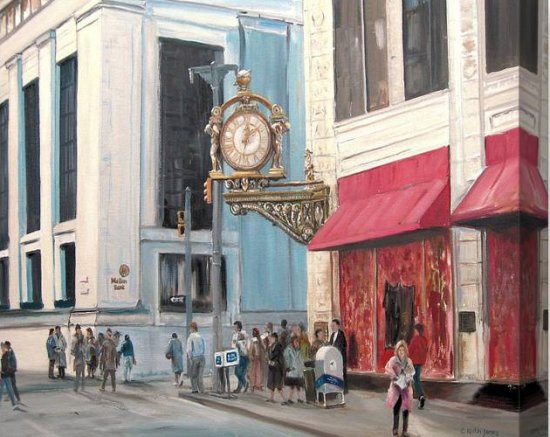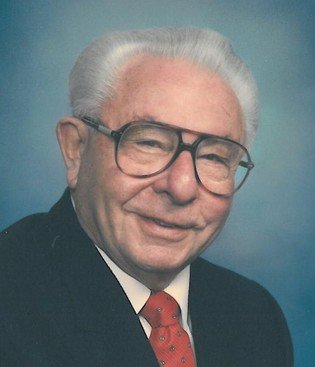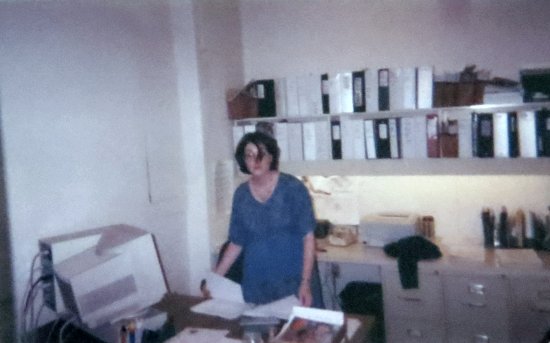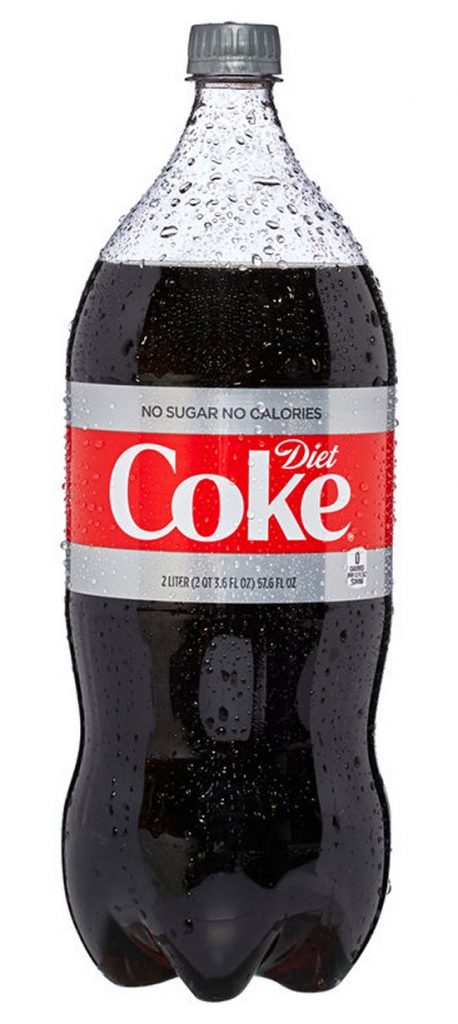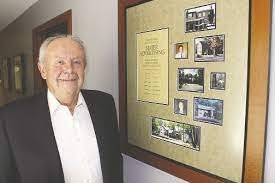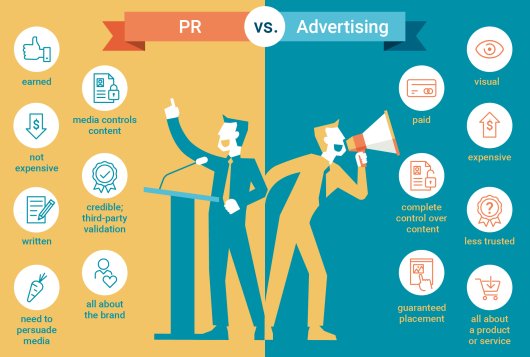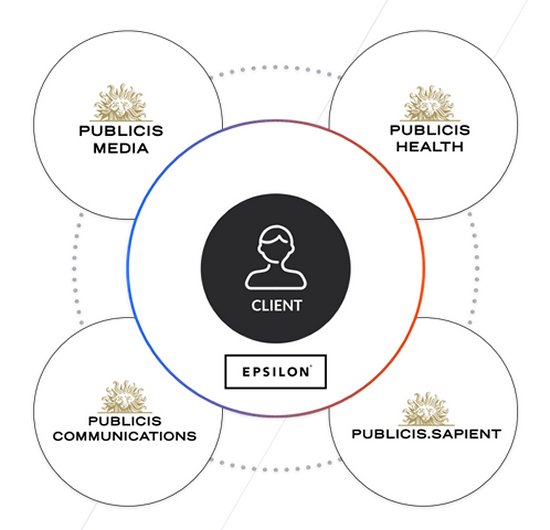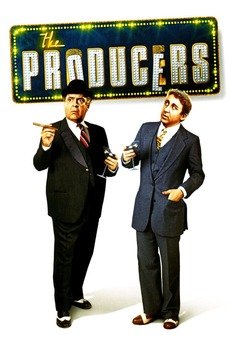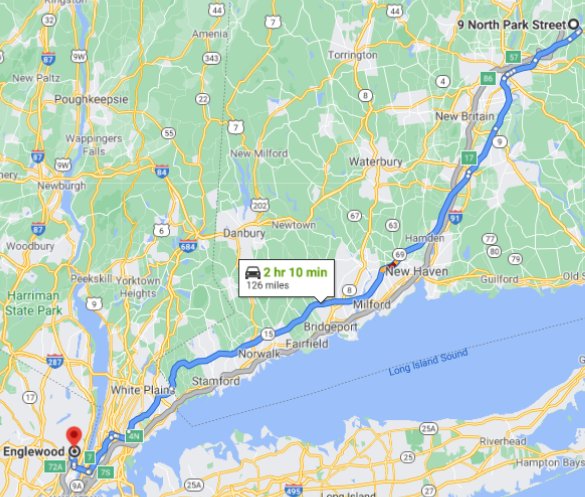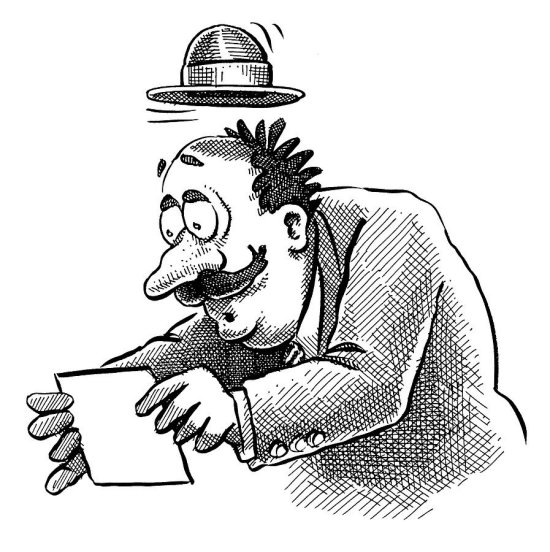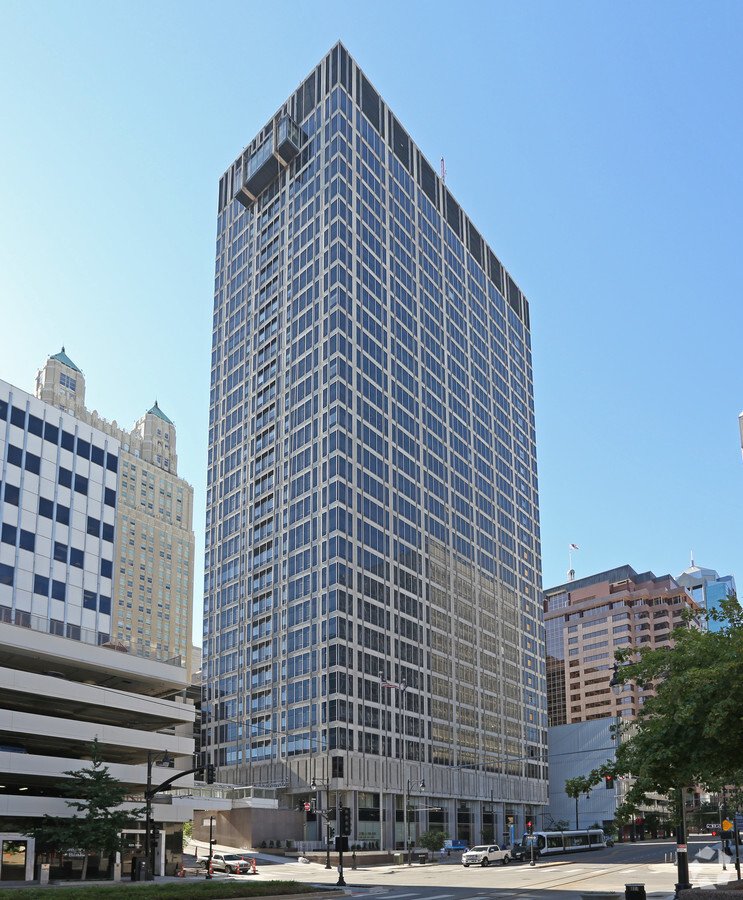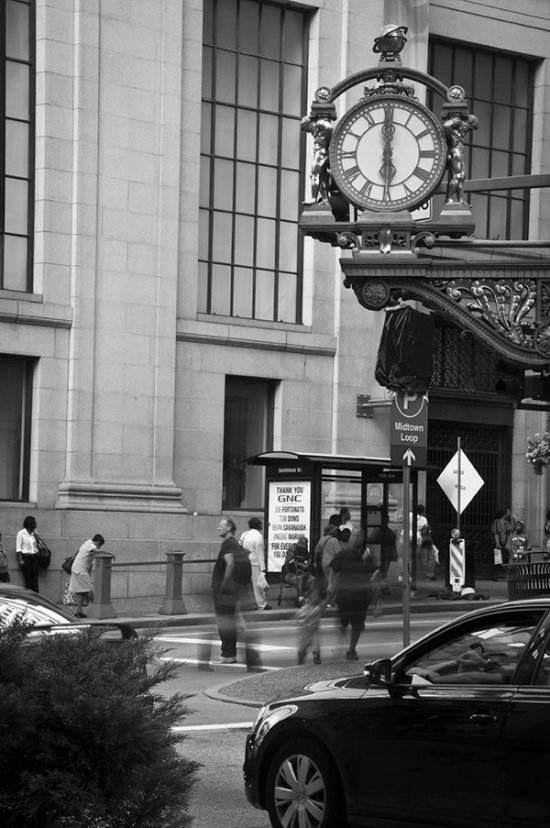May Co. department store chain based in Pittsburgh. Continue reading
Kaufmann’s was a department-store division of the May Company. Its headquarters was in downtown Pittsburgh. It had stores throughout Pennsylvania and neighboring states. TSI was contacted in the spring of 1994 by Mary Ann Brown1, Kaufmann’s Advertising Director. I think that she probably heard of us from someone at either Hecht’s or Foley’s.
In May of 1994 Sue and I drove to Pittsburgh to meet with her. We made the trip by car primarily because we had very little money at the time. We also had scheduled a meeting in the same city with an ad agency, Blattner/Brunner Inc. That meeting and our subsequent visit to the Pittsburgh Zoo has been described here.
Our appointment at Kaufmann’s was scheduled for late in the afternoon, 5:00 as I remember it. We left Enfield fairly early in the morning. Sue, who in those days was famous for her lead foot, did most of the driving. We arrived at the outskirts of Pittsburgh about thirty minutes before the scheduled start of the meeting. At that point we encountered extremely heavy traffic. We were in unfamiliar territory, and, of course, cell phones were still a few years away. So, we arrived a few minutes late.
The beginning of the meeting was rather tense. Mary Ann demanded to know why we were late and why we did not call to tell her we were going to be late. If TSI had not already developed a reputation for good work at Hecht’s and Foley’s, I think that she might have told us to reschedule or to forget about it.
Eventually she got down to business and informed us that the people in her department had developed a system for administering the department’s projects. They were satisfied with what it produced. However, they knew that it would not work in the twenty-first century, and they needed to make a decision about whether to rewrite it or replace it. I guaranteed her that AdDept would have no difficulty with the Y2K issue and explained how AdDept’s approach of a multi-user relational database worked. I do not remember meeting anyone else that day.
Sue and I stayed throughout the visit at a Holiday Inn (if my memory is accurate) a few miles north of downtown. We probably presented a demo at IBM the next day, but, if so, I don’t remember it. My recollection is that the entire event was amicable but not decisive.
For years Doug Pease, TSI’s sales person, stayed in frequent contact with Kaufmann’s. I think that Mary Ann must have spent the time arranging funding. My memory of the next trip to Pittsburgh centers around my meeting with René Conrad2 (female), who was the department’s Planning Manager, and John Borman3, who managed the department’s networks and its computer hardware. I don’t know if we had a signed contract yet, but by then they were definitely committed to installing AdDept. In fact the installation did not take place until May of 1998.
I had only limited contact with Mary Ann thereafter. I do remember that she joined René and me for lunch once, and she disclosed that she had for a very short time been (or at least had applied to be) an FBI agent. That was, to say the least, a surprising bit of news.
My first memory of René was her presentation to me of an absolutely enormous D-ring binder with a black cover. Collected therein were samples of all of the reports that they needed. She spent the rest of the day answering questions about the selection criteria and the precise definition of the contents of each column of each report. The bad news was that very few of the reports matched up closely with work that we had already done. The good news was that the design document that resulted from the meeting came closer to meeting the client’s expectation than any that we had produced or would produce later. René was our liaison at Kaufmann’s from the beginning all the way to the end, and she was a very good one.
I did not need to spend much time with John. Once their new AS/400 was connected to their network, and I explained that the demand for bandwidth would be minimal since the system was totally text-based, he was satisfied. He took charge of getting the necessary software installed on Macs and PCs, and he connected the AS/400 to the department’s network.
I remember two experiences involving credit and debit cards on trips to Pittsburgh. In those days we kept our cash at Bank of America. The best thing about that was that if I needed cash on a trip I could almost always find a local branch with an ATM. I remember that once I used such a machine at the airport and forgot to reclaim my card when I was finished obtaining the cash. I don’t know what happened to the card after that, but nobody else ever tried to use it.
For my first couple of installation and support trips, Kaufmann’s asked me to stay at the William Penn Hotel, which was only a block or so from Kaufmann’s. I sometimes arrived in Pittsburgh late in the evening. On one of those occasions some sort of event must have been going on downtown. In the lobby of the William Penn there were unexpected lines of people waiting to check in. In those days it was possible to make a hotel reservation without providing a credit card number. Several people in line had discovered that doing so did not mean that a room would necessarily be available when they arrived. There were a lot of angry people there that evening. Fortunately, I had already heard about this problem, which had been perfectly explained by Jerry Seinfeld with regard to rental cars. You can listen to it here.
I usually brought an unusually large bright-blue suitcase with me to Pittsburgh. Because I sometimes had trouble sleeping when I traveled I often include the foam rubber pillow that I found much more comfortable than the soft feather pillows that old stately hotels favored. One day after working at Kaufmann’s I was unable to find the pillow in my hotel room. Evidently the maid had confiscated it. I complained at the desk, and they eventually located it and returned to me.
It was nice having such an identifiable suitcase. On an early-morning US Airways flight on July 25, 1999, from Bradley to the Pittsburgh airport that served as a hub. I was the only passenger who checked a bag to Pittsburgh. I went to the carousel listed for my flight. No bags ever appeared. I was worried that the bag had not been removed from the plane. Here is what I wrote about the incident in my notes:
When I got into Pittsburgh, my bag was missing. I went to the baggage office. They had no record of my bag. I had seen them put it on the plane and take it off. I told her [the baggage agent] so. She went to look for it and found it. She said the tag had come off. I can’t imagine how this happened. But guess what. I didn’t get angry through any of this.
While staying at at the William Penn I experienced one of the worst incidents that I ever encountered in my trips to see clients or prospects. I was suffering from the only disease that I contracted in all the years that I traveled extensively. Throughout the visit I was constantly running a low-grade fever and had a few other annoying but not debilitating symptoms. I soldiered on, and I somehow got everything accomplished that was on my list. When I returned home I went to my doctor, Victor Sonnen4. He gave me a blood test and eventually diagnosed the problem as a urinary infection. Some antibiotics knocked it out.
I did not really like staying at the William Penn. I could get to Kaufmann’s in two minutes, but this was not a great advantage from my perspective. I was always up early, and there was nowhere very close that served breakfast. I could eat in the hotel, but I have always found that hotel food was not very good and terribly overpriced. The evening meals posed a similar problem. I won’t go to a swanky place by myself. The only restaurant within walking distance that I liked was a Chinese takeout place.
In later years I stayed at a Hampton Inn in the Greentree section of town on the south side of the Ohio River. I loved the free breakfast bars at Hampton Inns, and this one sometimes served tasty snacks such as pizza or chicken wings that were good enough to serve as a supper in the evening. The only drawback was that there was nowhere that was reasonably flat to go for a jog. If you live in Pittsburgh, you must learn to like hills.
On two occasions I went to supper with René and her assistant, Maggie Pratt5. Since they both took the bus to work, I drove us in my rental car. They directed me to small restaurants that they knew near the University of Pittsburgh. I don’t remember the food that well, but I do remember that dining alone on the road is not a hard habit to break.
One thing that I remember clearly was that René suffered from migraine headaches. When she got one she still tried to work, but it was obvious that she was in considerable torment.
René volunteered as an usher at the Pittsburgh Opera. In the 1999-2000 season Verdi’s La Traviata was performed. In the last act the heroine, Violetta, who has been suffering from consumption (tuberculosis) dies. René did not like this part of the opera at all. It seemed to long to her: “She should just die and get it over with!” I did not dispute this assessment, but I find parts of other operas to be much more tedious.
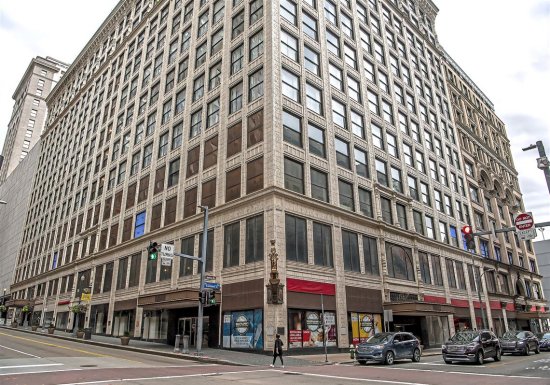
Kaufmann’s advertising department was on one of the top floors of the flagship store on Fifth Avenue in Pittsburgh. The most peculiar thing about it became evident when one needed to use the men’s room. One was located on the same floor as the advertising department, but the only way to reach it was to walk through the beauty salon. I did not feel at all comfortable doing that. Therefore, I took the escalator up to the top floor, the home of the bakery. This restroom was a little farther away, but I found the atmosphere much more pleasant.
Everyone at TSI worked very hard on the programming projects for Kaufmann’s. The people there were uniformly supportive, and everyone seemed pretty good at what they did. I am embarrassed to say that I don’t remember the names of any of the media managers. The name Debi Katich is in my notes from 1999. I think that she was the Direct Mail Manager, but I may be wrong.
I do not remember the name of the Senior VP (Mary Ann’s boss) at the time of the installation. As I recall, he let Mary Ann pretty much run things. I definitely do remember the name of his replacement in 1999, Jack Mullen6, who had been Doug’s boss (or maybe his boss’s boss) at G. Fox in Hartford.
I also do not remember too many details of the code that we provided for them. The detail about newspaper ads that I recall most clearly is that the store’s contract with the Pittsburgh Post-Gazette provided for significant discounts if they ran several full-page ads in the same issue. It was like buying two-liter bottles of Coke or Pepsi. The first three ads might cost $X but once the fourth ad was ordered, the price on all of them changed to $Y for all four ads. This was not easy to code because individual ads could be added, deleted, or moved (to another date) at any time. Also, the size could change. Any of these events could change the rate for all the other full-page ads in the paper that day. Not only did the rates and costs for all the affected ads need to be changed, but history records were also necessary.
Kaufmann’s used AdDept for keeping track of all of its advertising. They even uploaded their broadcast buys from the SmartPlus system that they used.
In 2000 Kaufmann’s was an enthusiastic supporter of the implementation of the AxN project. Several people offered the opinion that the newspapers would never pay for subscribing to the service. Mary Ann did not agree. She said, “They’ll subscribe if we tell them to.” I visited three of Kaufmann’s largest papers to explain what we planned to do and to solicit suggestions. When I mentioned that I was meeting with the IT director at the Pittsburgh Tribune-Review, John Borman confided to me, “I want his job.”
In 2002, the Kaufmann’s stores’ Pittsburgh business headquarters closed, and its back-office operations were consolidated into those of Filene’s Department Stores in Boston. The consolidation was probably inevitable, but everyone at TSI would have greatly preferred for the new managing entity to be located in Pittsburgh.
1. In 1921 Mary Ann Brown is the Administrative Manager at her alma mater, the University of Pittsburgh. Her LinkedIn page is here. I don’t know why she left her role at Kaufmann’s off of her résumé.
2. René Conrad’s LinkedIn page is here. After the May Company folded the Kaufmann’s division into Filene’s in 2002 I tried to get René to work for TSI. She was interested enough to pay us a visit in East Windsor, but she turned down our offer. Instead she went to work for a theatrical company in an administrative role. We stayed in touch for a few years, but I had not heard from her for more than a decade. However, she recently sent me an email in which she confessed that she owed me a book.
3. John Borman’s LinkedIn page is here.
4. Dr. Sonnen died in 2010 at the age of 96. He was certainly in his eighties when he treated me. His obituary is posted here.
5. I am pretty sure that Maggie Pratt’s LinkedIn page is here.
6. Jack Mullen’s LinkedIn page is here.



